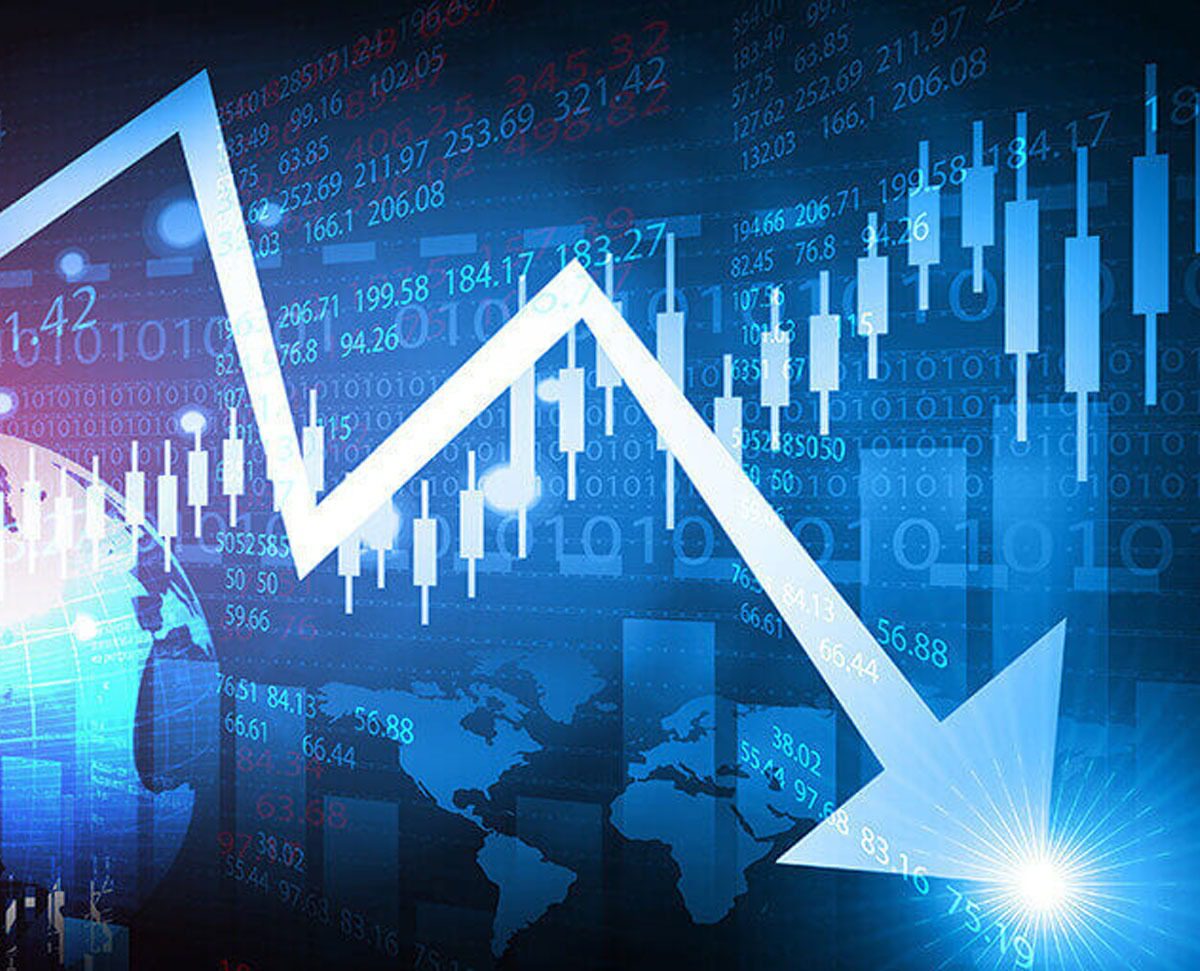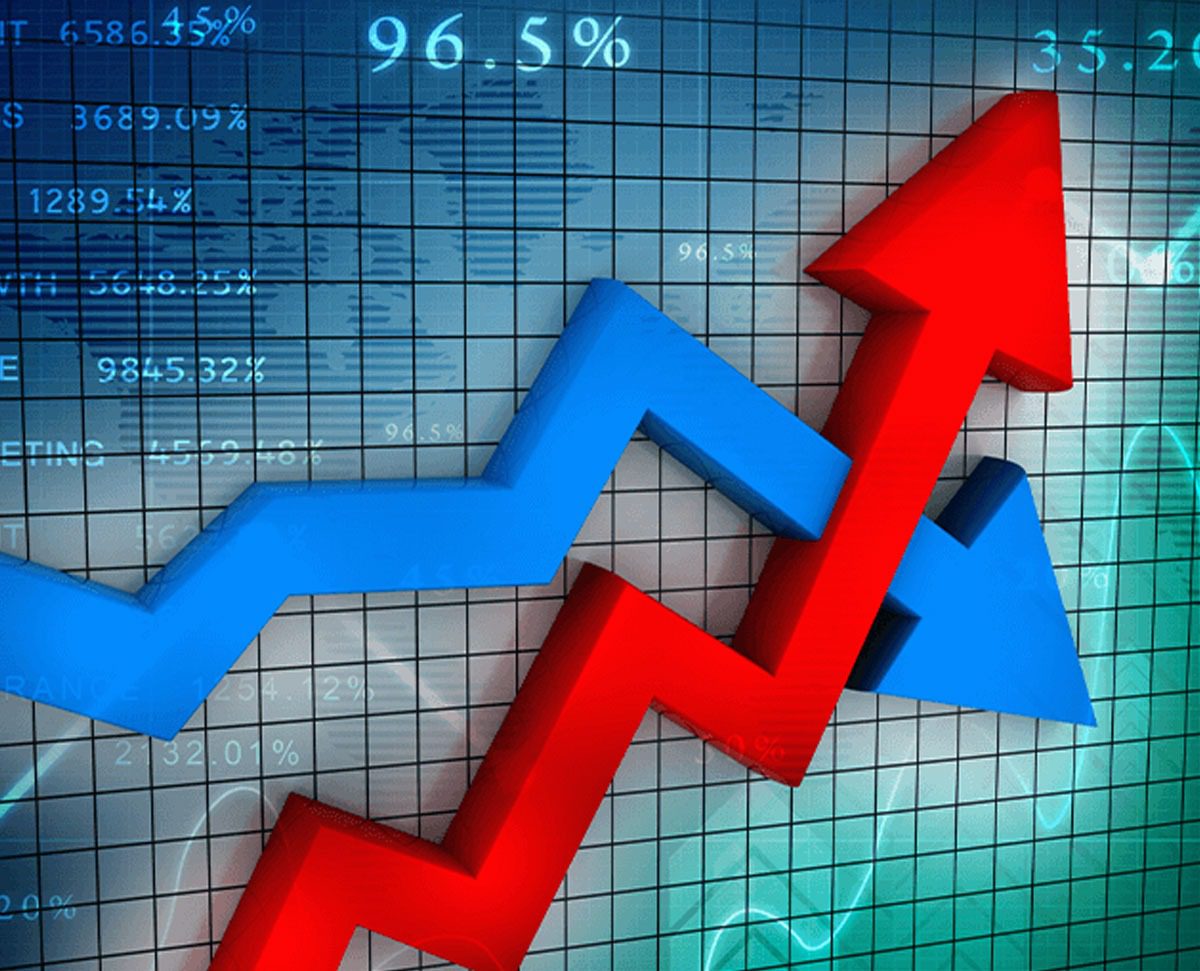
The Week In Review: July 4 – July 10
July 12, 2022
The Week In Review: July 10 – July 17
July 19, 2022
Inflation numbers are headed in the wrong direction.
June’s consumer price index (CPI) came in at 9.1%, surpassing the expected 8.8% and hitting a fresh 40-year high. The number pretty much locks in another interest rate rise of 75 basis points (.75%) at the Federal Reserve’s next meeting, scheduled for the last week of July. It also increases the chances the Fed could bump up rates by a full 1%.
Before the report, Fed futures were forecasting a 14% chance of a 75-basis-point increase at the July meeting. Now the probability has risen to 50%. The producer price index (PPI) is scheduled for release today, which will only add fuel to the fire as input costs for producers have gone up and will likely be above 10%.
That’s disappointing news for markets, where there was thinking a softer reading could lead the Fed to pause rate raises by September. The S&P 500 initially tumbled following the report’s release but recovered somewhat by midday. The Dow also slipped more than 100 points before bouncing back to recover almost all the day’s losses.
You may be feeling a bit of whiplash from the back-and-forth, up-and-down-and-all-around nature of the markets right now. Unfortunately, there doesn’t appear to be any relief in sight yet. The volatility index (VIX) is currently in the high 20s, and it really needs to get to 35 to 40 before we see a bottom. Until then, we will continue to see these bear market rallies that collapse when reality sets in.
Summer tends to be really quiet or really volatile. This summer is the latter. With this latest inflation reading, it’s difficult to see a scenario where the Fed will slow rate increases. However, by the time we see a significant reduction in inflation, we could be in the middle of an inflation-driven recession.
Inflation isn’t the only potential driver for volatility right now. Earnings season starts this week, and the market has yet to appreciate the advance guidance that earnings will be lower. Higher interest rates are severely slowing the housing market. Consumers are tapped out. Increased costs — particularly those in energy, housing and food — are killing demand for discretionary spending. Americans are blowing through savings and borrowing more, so an increased amount of their spending is going toward higher credit card balances.
As an investor, there’s not much you can do except wait out the storm. A 9.1% inflation rate means even moving to cash doesn’t help. If you are stressed about the current situation, and you haven’t already done so, you need to reevaluate your risk tolerance and rebalance if necessary.
If you’re still comfortable with your plan, you should not be in peril if you are allocated properly. You’ve come this far, so don’t throw in the towel. Market bottoms are notoriously tough to predict and will come — and go — without warning. Avoid selling low and chasing the markets back up. Instead, stay the course and rely on Impact! Partners Financial to provide guidance if it feels like you’re losing your way.
Before the report, Fed futures were forecasting a 14% chance of a 75-basis-point increase at the July meeting. Now the probability has risen to 50%. The producer price index (PPI) is scheduled for release today, which will only add fuel to the fire as input costs for producers have gone up and will likely be above 10%.
That’s disappointing news for markets, where there was thinking a softer reading could lead the Fed to pause rate raises by September. The S&P 500 initially tumbled following the report’s release but recovered somewhat by midday. The Dow also slipped more than 100 points before bouncing back to recover almost all the day’s losses.
You may be feeling a bit of whiplash from the back-and-forth, up-and-down-and-all-around nature of the markets right now. Unfortunately, there doesn’t appear to be any relief in sight yet. The volatility index (VIX) is currently in the high 20s, and it really needs to get to 35 to 40 before we see a bottom. Until then, we will continue to see these bear market rallies that collapse when reality sets in.
Summer tends to be really quiet or really volatile. This summer is the latter. With this latest inflation reading, it’s difficult to see a scenario where the Fed will slow rate increases. However, by the time we see a significant reduction in inflation, we could be in the middle of an inflation-driven recession.
Inflation isn’t the only potential driver for volatility right now. Earnings season starts this week, and the market has yet to appreciate the advance guidance that earnings will be lower. Higher interest rates are severely slowing the housing market. Consumers are tapped out. Increased costs — particularly those in energy, housing and food — are killing demand for discretionary spending. Americans are blowing through savings and borrowing more, so an increased amount of their spending is going toward higher credit card balances.
As an investor, there’s not much you can do except wait out the storm. A 9.1% inflation rate means even moving to cash doesn’t help. If you are stressed about the current situation, and you haven’t already done so, you need to reevaluate your risk tolerance and rebalance if necessary.
If you’re still comfortable with your plan, you should not be in peril if you are allocated properly. You’ve come this far, so don’t throw in the towel. Market bottoms are notoriously tough to predict and will come — and go — without warning. Avoid selling low and chasing the markets back up. Instead, stay the course and rely on Impact! Partners Financial to provide guidance if it feels like you’re losing your way.



Weekly Market Commentary 4/5/2024
Read more